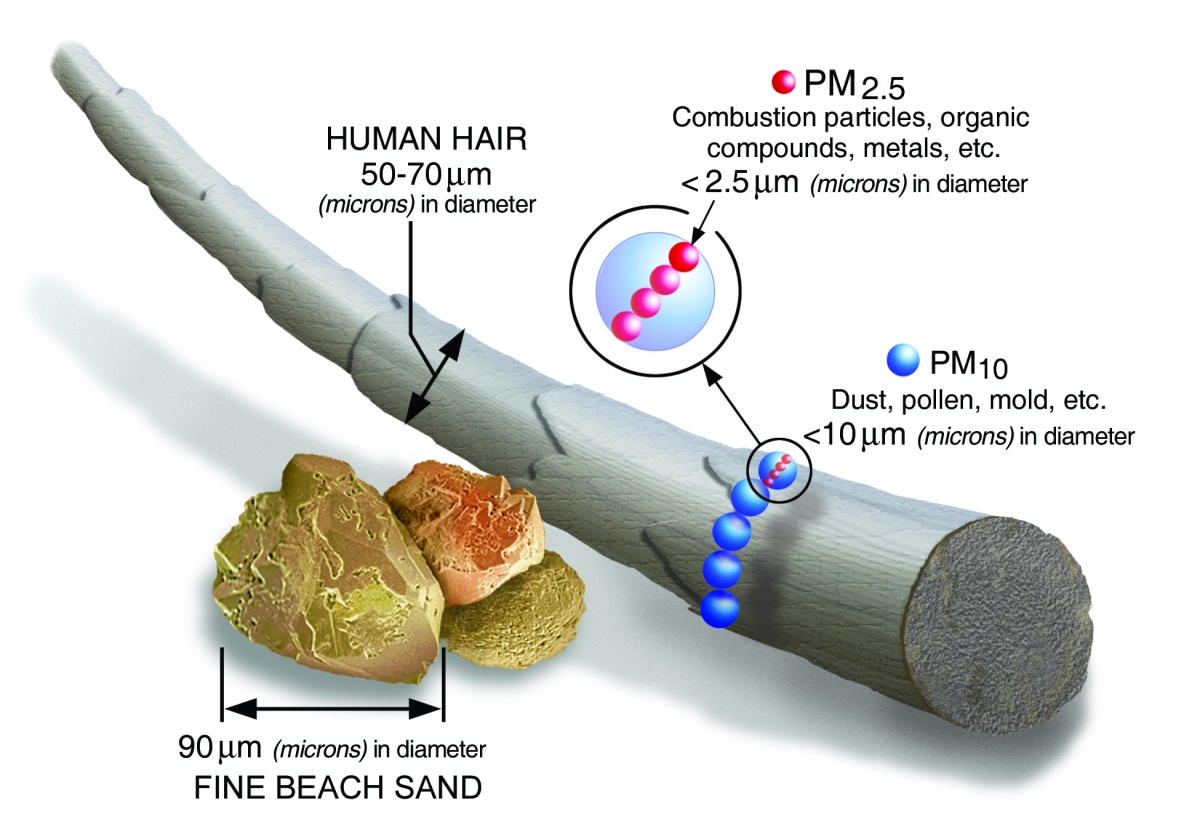Safe and Efficient Wood Burning
Wood burning negatively affects air quality in Kamloops, particularly when inversion conditions are present. The City of Kamloops' Airshed Management Plan aims to minimize contaminant emissions from wood burning appliances with proper installations and management.
Efficient wood burning can save you money on firewood, improve home safety, and reduce the health impacts of wood smoke pollution in your home and our community.
Best Practices
Wood burns most efficiently when the moisture content is between 10% and 20%. Burning wet wood reduces the fire temperature, resulting in a smoky fire and creosote buildup. Consider the following factors to get the most heat our of your wood stove or fireplace.
Wood Burning Safety
Excess ashes can clog air intake vents, which reduces efficiency.
Your Appliance Matters
Using dry, seasoned wood in an EPA-certified stove means you will use a third less wood and produce up to 70% fewer particulate emissions. Check if your wood stove or fireplace insert is CSA or EPA-certified by looking for a label on the back.
Considering upgrading your heating appliance?
Wood pellet, natural gas and electric options emit far fewer particulates than certified stoves. Check Kamloops.ca/WoodStove to see whether any rebates are currently available.
A building permit is required to install a new wood burning appliance. Contact the Building Inspection Section at 250-828-3554 for more information.
Health Impacts of Wood Smoke Pollution
Particulate matter from wood smoke can cause bronchitis, trigger asthma attacks, and aggravate numerous health issues, including lung and heart conditions. Some particles less than 10 micrometers in diameter can get deep into your lungs and some may even get into your bloodstream. Of these, particles less than 2.5 micrometers in diameter, also known as fine particles or PM2.5, pose the greatest risk to health.
Particle pollution includes:
- PM10: inhalable particles, with diameters that are generally 10 micrometers and smaller; and
- PM2.5: fine inhalable particles, with diameters that are generally 2.5 micrometers and smaller.

Source: United States Environmental Protection Agency (EPA)
Unapproved wood stoves and fireplaces emit as many fine particles in nine hours as driving a mid-sized car 18,000 km. Source: Environment Canada
For more information on Air Quality, visit Kamloops.ca/AirQuality.



